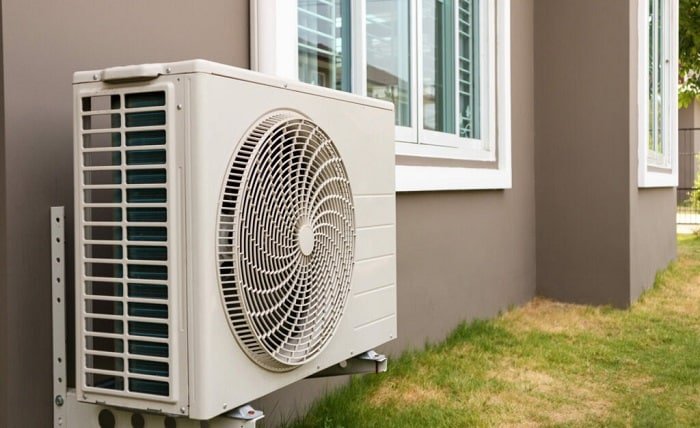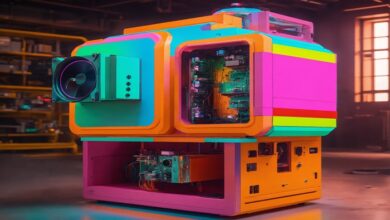Latest Trends in Commercial Air Conditioning Solutions

The commercial air conditioning industry is in a state of constant evolution, with emerging trends focused on boosting efficiency, cutting costs, and minimizing environmental impact. For businesses that rely on climate control throughout the year, keeping abreast of these developments can offer substantial operational benefits. In this post, we delve into the latest innovations in commercial air conditioning and discuss how regular maintenance can help harness these new technologies to their fullest potential.
1. Energy Efficiency and Sustainability
A major trend in commercial air conditioning is the shift towards energy-efficient systems. Technological advancements have led to air conditioners that consume less power while maintaining the same cooling capacity. For example, variable speed fans and compressors allow systems to adjust output based on real-time cooling needs, significantly reducing energy usage. Given the high costs of energy, investing in these technologies can yield substantial savings. Moreover, as businesses aim to lower their carbon footprint, choosing energy-efficient systems becomes not only a financial decision but also an environmental commitment.
2. Smart HVAC Systems
The integration of smart technology into commercial air conditioning systems is revolutionary. Smart HVAC systems offer businesses unmatched control by enabling remote monitoring and management of their climate systems. These systems provide real-time performance data and can notify managers of issues before they escalate. The capability to precisely monitor and adjust HVAC systems from any location is especially advantageous, allowing for swift responses to sudden weather changes or variations throughout the day, ensuring both optimal performance and comfort.
3. Improved Indoor Air Quality Systems
Increasing attention is being paid to the importance of indoor air quality in commercial environments. Modern commercial air conditioning systems now feature advanced filters and purifiers capable of removing pollutants, allergens, and pathogens from the air. This development is vital for ensuring a healthy atmosphere for both employees and customers. In regions with high humidity, which can promote mold and mildew growth, these enhanced air quality systems are especially crucial. Regular maintenance is essential to keep these systems operating efficiently, ensuring the consistent delivery of clean, healthy air.
4. Maintenance and Service Innovations
As commercial air conditioning technologies progress, maintenance practices in Hawaii have similarly evolved. A prominent trend is predictive maintenance, which uses data and analytics to anticipate system failures or determine when parts require replacement. This proactive approach not only prevents breakdowns but also extends system longevity, benefiting businesses reliant on reliable air conditioning. Contemporary maintenance services frequently include energy audits, system optimizations, and compliance checks with environmental standards. These strategies ensure businesses operate efficiently while adhering to regulations.
5. Geothermal Cooling Systems
Though not a novel concept, geothermal cooling systems are increasingly being adopted, particularly in regions seeking sustainable solutions. These systems harness the earth’s stable underground temperatures to naturally cool buildings, significantly reducing dependence on traditional HVAC systems. Businesses stand to benefit greatly from geothermal cooling, especially in volcanic regions where access to geothermal energy is more feasible. While these systems require substantial initial investment, they promise long-term savings and environmental advantages.
Conclusion
The commercial air conditioning sector is rapidly evolving, offering businesses significant benefits through emerging trends. Advances in energy efficiency, smart technology, and enhanced air quality systems provide numerous advantages, such as lower energy costs, improved indoor comfort, and a reduced carbon footprint. These systems deliver precise temperature control and integrate seamlessly with building management systems for efficient operation and monitoring. However, regular maintenance is essential to ensure optimal performance and cost-effectiveness. Routine inspections and timely servicing keep these advanced systems running efficiently, prevent unexpected breakdowns, and extend their lifespan, ultimately leading to long-term savings and reliability for businesses.





